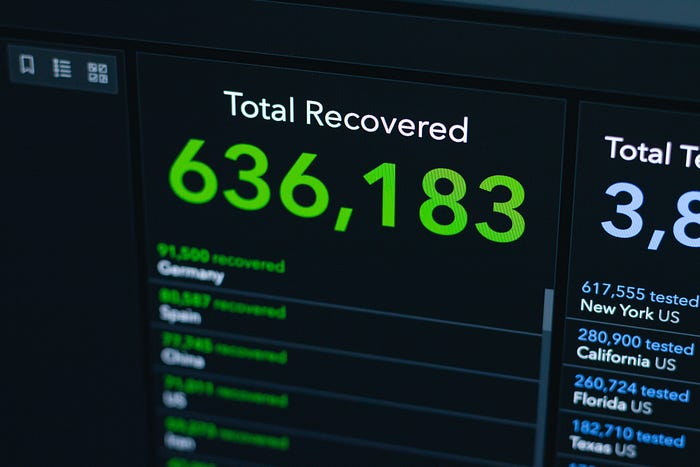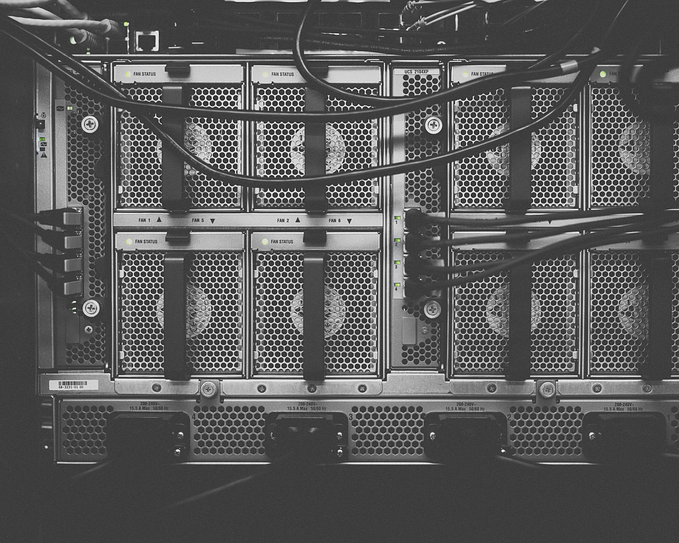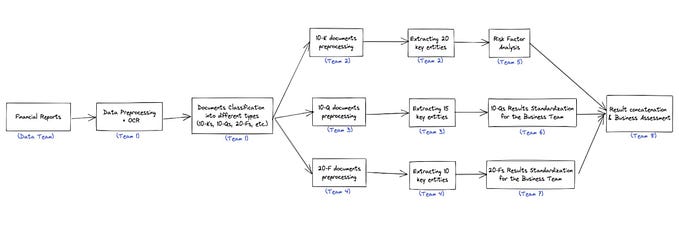Data is Critical Infrastructure for Disaster Recovery

By Katya Abazajian
A pandemic may seem like the worst time to fix slow-changing, infrastructural data challenges, but there is no better time to begin correcting systems that just aren’t working.
Chief Data Officers (CDOs) manage critical data infrastructure that helps states innovate and make data-driven policy decisions. Earlier this month, we published Leveraging Data for Economic Recovery, a report showing how CDOs can focus their work to guide states to equitable economic recoveries. But within state governments, CDOs often struggle to make the case for sustainable data reforms when there are more pressing demands on frontline workers.
Data is an essential asset states should use to make emergency response processes more effective and efficient. Through responsible data-sharing, advanced analytics, and publishing robust open data, states can leverage data as critical infrastructure for disaster recovery.
Many states have set up centralized COVID data dashboards that serve as the main source of information for CDC reporting and national COVID tracking by civic hackers and journalists. Based on conversations with states, we’ve found that while some dashboards have been developed in coordination with data teams’ best practices, others used ad hoc, paper-based processes to gather and publish data from public health officials. This means in states where cross-agency data sharing is not common practice, public health agencies have had to establish new information sharing processes on top of the existing strain of the health crisis.
While national data-sharing configurations continue to evolve, states are left to fend for themselves in determining what needs to be collected, by whom, and for whom.
Many states develop mechanisms for data-sharing based on internal legal guidance that may or may not not mirror decisions made by other states. This introduces discrepancies in different states’ interpretations of what data is considered public or private, particularly with regards to sensitive health data. During COVID, each state has had to develop its own solutions for data challenges.
Suddenly, public health agencies need immediate, open channels of communication and data-sharing across departments to inform how schools, employers, social safety net providers, and other practitioners are supporting disaster recovery.
The CDO role has proven essential to developing multi-agency emergency response functions to COVID-19 in states that have leveraged their data capacity to enable collaboration. CDOs bring exactly the kind of systemic expertise on data use that governors and executive decision-makers need in order to empower quick action and collaboration as the pandemic’s effects continue to shift.
CDOs can implement the steps outlined in Leveraging Data for Economic Recovery to find key opportunities to open up data-sharing across agencies. They can also champion internal cultural shifts that will allow public servants across agencies to work better together through open data and data-driven decision-making.
Often, the changes that public servants need to see in their data systems require adapting tech procurement language and shifting data collection processes. CDOs are particularly well-positioned to advise on these decisions alongside Chief Information Officers (CIOs) by streamlining which tools and data best practices are being applied and replicated across government agencies.
Not only is better internal data use essential for improving the efficiency and efficacy of states’ public systems, but open data and public communication around information are becoming increasingly crucial for navigating the national crisis. Journalists and advocates have demanded better data reporting on racial and ethnic disparities in the effects of social policies and programs and the spread of COVID-19. But states often lack the data capacity to even collect the right data to report these statistics from the ground up. Resolving these challenges and allowing CDOs to inform how data is collected across agencies will require a fundamental shift in how data is treated as critical infrastructure in state government.
City officials like Beeck Center Fellow Amen Ra Mashariki, former Chief Analytics Officer in the Mayor’s Office of Data Analytics in New York City, were the first to pilot the idea of “data drills,” a nod to the fact that just as emergency systems need to be primed for immediate response, data systems need to be primed for effective use in an emergency. Running data drills can be as simple as setting up theoretical scenarios in which data owners across departments are tested on protocols and best practices for gathering and disseminating data in an emergency. This kind of systemic thinking about how to apply data in the long-run can help states integrate data use into other emergency response functions.
The key to better collaboration in a pandemic is enabling sustainable frameworks for data-sharing, integration, analytics, and open data. States must advance in how they are applying data in order to be prepared for the next natural disaster. And CDOs have a crucial role to play in bringing states up to speed on innovative data uses for public good.
Katya Abazajian is a researcher with the State Chief Data Officers Network at the Beeck Center. Follow her at @katyaabaz.








